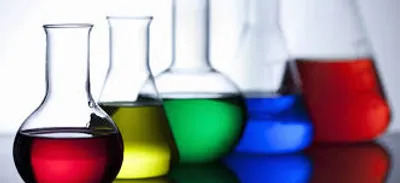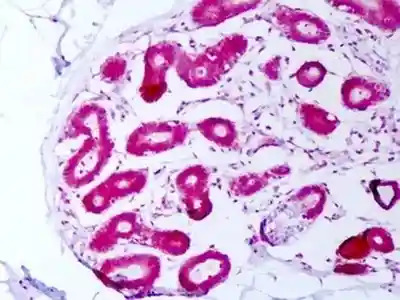Acid Dyes
Acid dyes are dyes that are commonly applied to textiles at low pH and consist of acidic molecules. When acid dyes are dissolved, the process of dyeing with acid dyes mainly takes place in water and therefore can interact with the dyed material. Acid dyes are highly water-soluble and have better light fastness than basic dyes. Textile acid dyes are effective for the dyeing of protein fibers such as silk, wool, nylon and modified acrylics. They contain sulfonic acid groups, usually present as sodium sulfonates. These increase the solubility of dyes in water and give the dye molecules a negative charge.
Types of Acid Dyes
According to leveling performance, economy of dyeing and fastness properties, acid dyes fall into three categories:
- Neutral acid dye: Neutral acid dyes are supra milling or fast acid dyes with moderate to good wet fastness properties and some of them have poor light fastness in light shades. Many neutral acid dyes are only used as their own shades. They are applied to fibers at weakly acidic or neutral pH.
- Weak acid dye: These dyes belong to the milled dyes. These dyes have good fastness properties, but light fastness is moderate to poor.
- Strong acid dye: These dyes are used in strongly acidic media, also known as leveling dyes, but the wet fastness properties are limitation. These dyes are very suitable for making a combination of shades.
Applications
- Industry use: The acid used in the dye bath is usually vinegar or citric acid. The dye absorption rate is controlled by using sodium chloride. In textiles dyeing, acid dyes are effective for dyeing protein fibers, for example, animal hair fibers such as wool, alpaca, and mohair. They are also effective for silk and nylon dyeing but have minimum interest in dyeing any other synthetic fibers.

Medical use: Acid dyes are used to stain basic tissue proteins during microscopic examinations for diagnosis or research. In contrast, basic dyes are used to stain acidic components of the nucleus and other tissues.Antimicrobial: Data on the antimicrobial activity of many plants along with reports of pathogenic microorganisms that are resistant to antimicrobials have been scientifically proven. Extracts from plants may potentially control the growth of microorganisms in different situations. In one study, the inhibitory activity of concentrates from 14 plants against methicillin-resistant Staphylococcus aureus strains was analyzed. The substances having inhibitory activity are present in the fractionsand parts of T. avellanedae wood.
Anti-cancer: Scientific and research interests are drawing attention to natural compounds because they are considered to have lower toxic side effects than current chemotherapy. The plants are considered to be able to produce naturally occurring secondary metabolites and their anticancer activities may help develop new clinical drugs. Plant extracts having anticancer properties extracted from terrestrial plants contain compounds such as polyphenolic compounds and paclitaxel compounds

